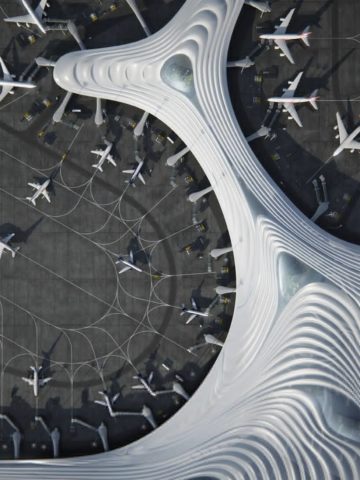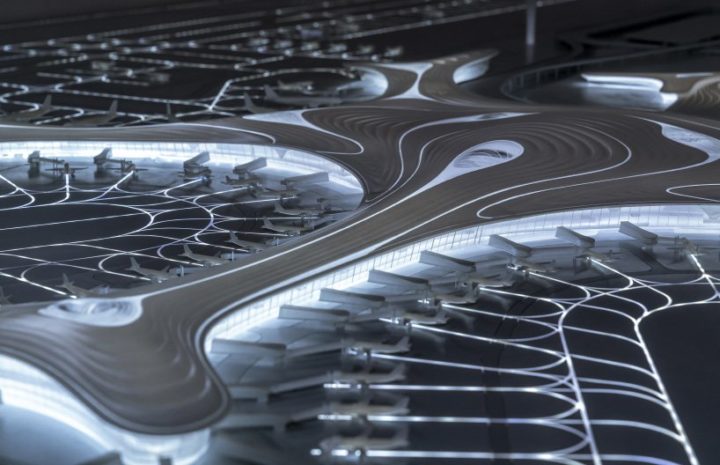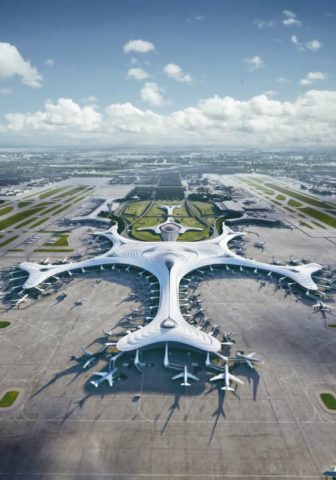Candidates, Why go through a recruitment agency ?
1/ Your chances of finding a job are multiplied If you respond to a job offer published by a recruitment agency, your application will not…
Ma Yansong, director of the architecture firm MAD, once again demonstrated his creativity by proposing an original project for Harbin Airport. Indeed, seen from above, the terminal appears in a form of snowflake.

The city of Harbin is located in the northernmost part of China. The region is known for its thick snowpack, so the architects decided to use this natural element as a symbol in their reflection on the airport. The terminal design subtly mimics the gentle slopes of the vast plains of northern China with a wavy topography.
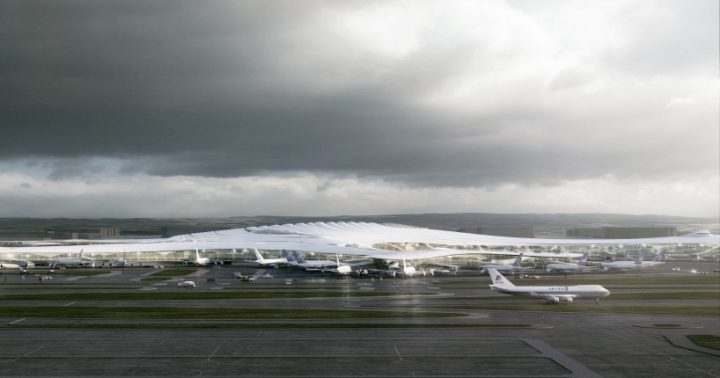
Harbin is one of the largest transportation hubs in the region. With an area of 3300 hectares, Terminal 3 of the airport is now expanded with a series of ancillary facilities, including land transport centers, hotels, car parks and shops. Despite a building that seems colossal, the architectural project is human-sized and low in energy consumption.

What often takes the most time at an airport are the distances to go to the boarding gates. This form of five-spoke snowflake saves passengers’ time while reducing congestion and improving overall traffic efficiency.

Roof ridges function as skylights, flooding indoor spaces with daylight, reducing artificial lighting and saving energy. The interior of the terminal is populated with small gardens creating spaces conducive to reflection and tranquility.
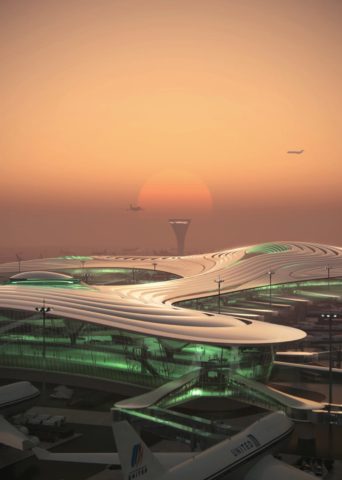
The concept of the MAD agency aims to associate humanity, nature and local environment with a hyper functional architectural program. In terms of land access, Harbin City is connected to the airport via a high-speed train, municipal metro lines and buses, allowing, according to the 2030 forecast, to accommodate the year no less 43 million passengers. 320,000 flights departing from the airport are planned for one year. Colossal.
